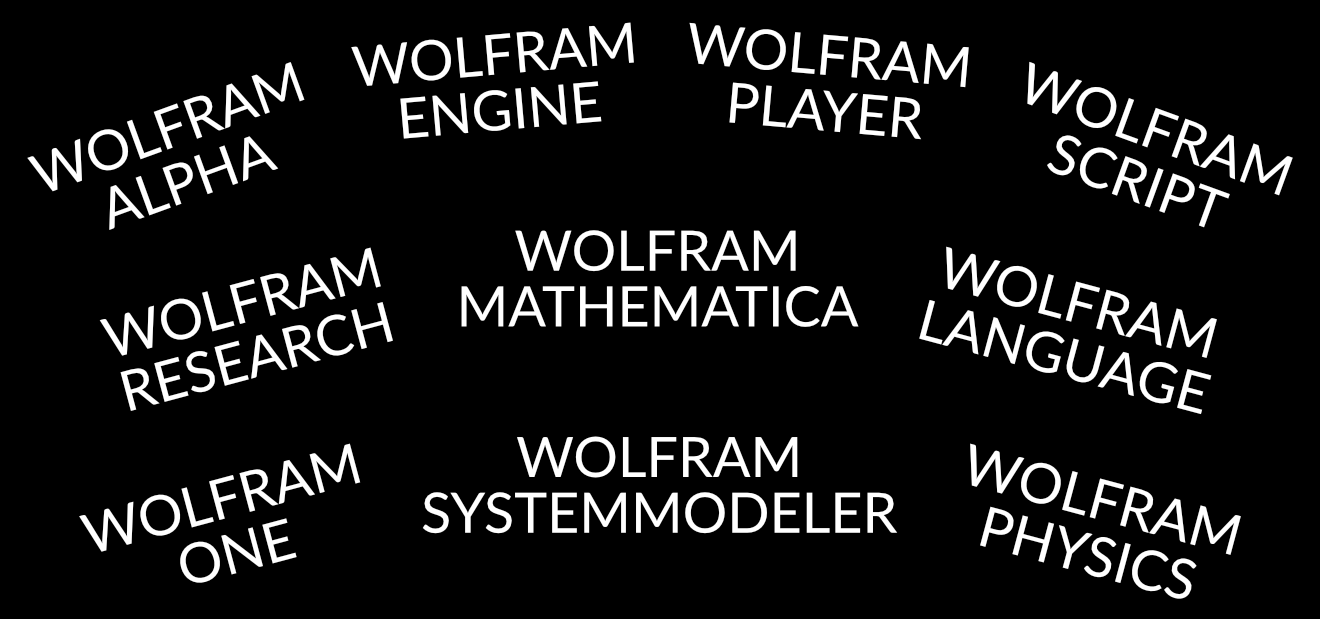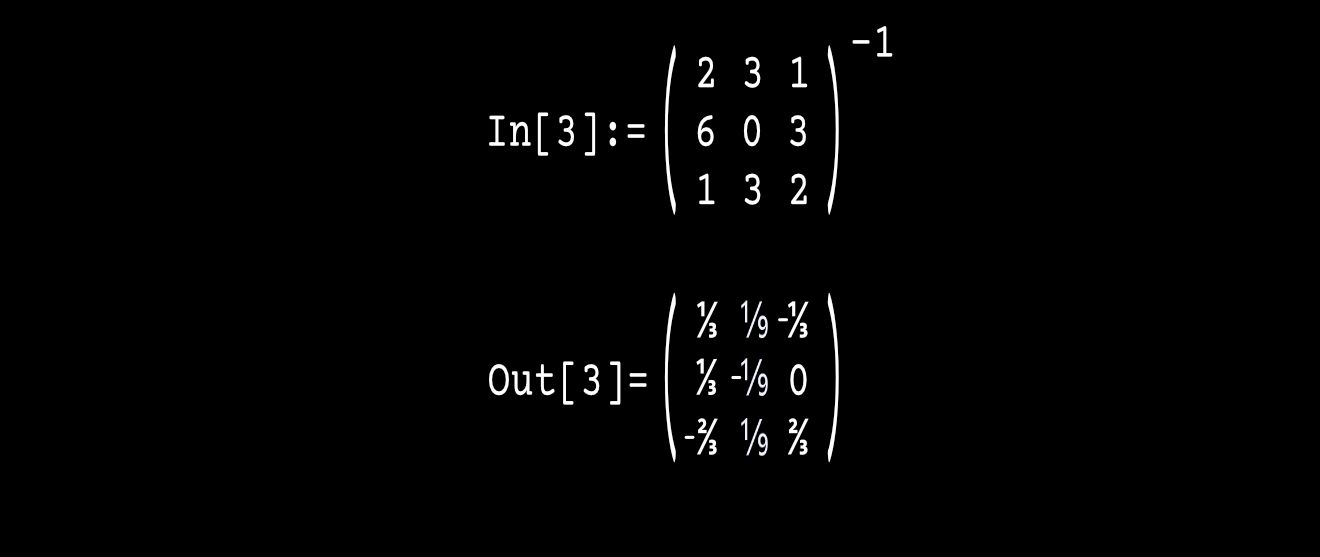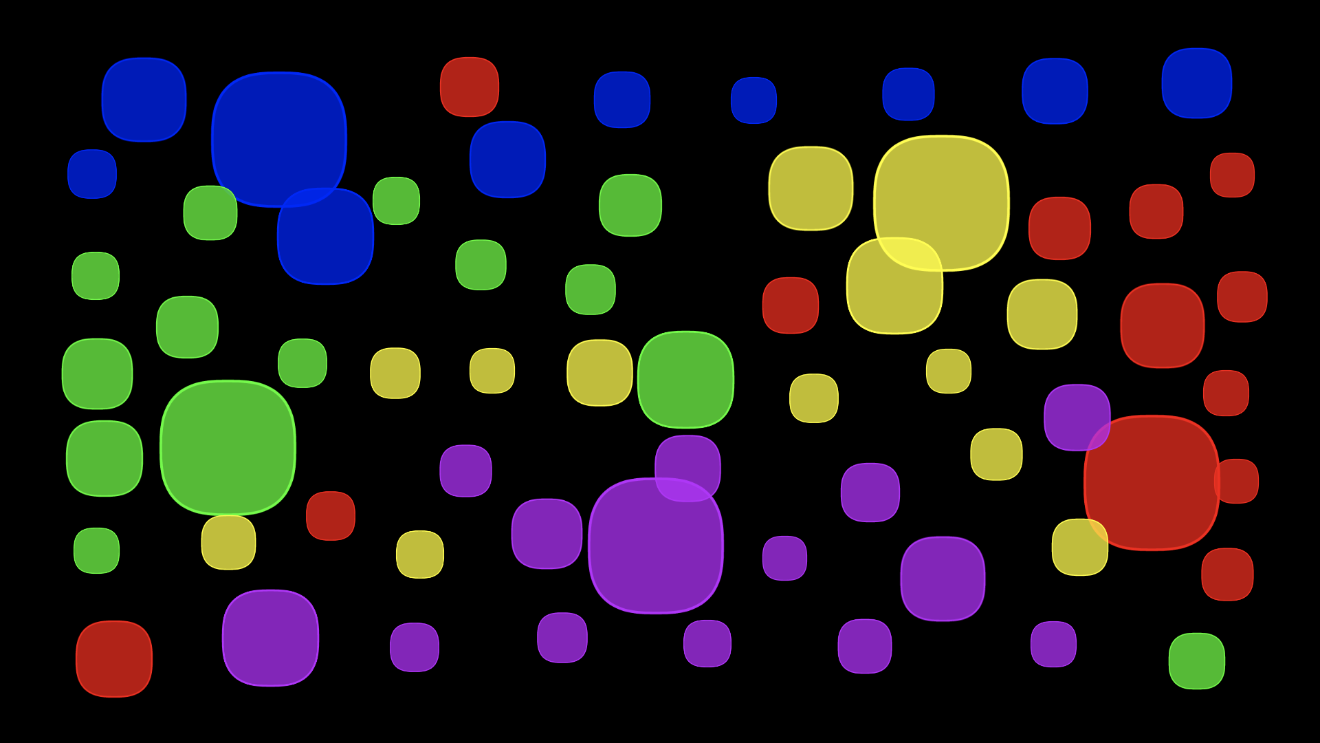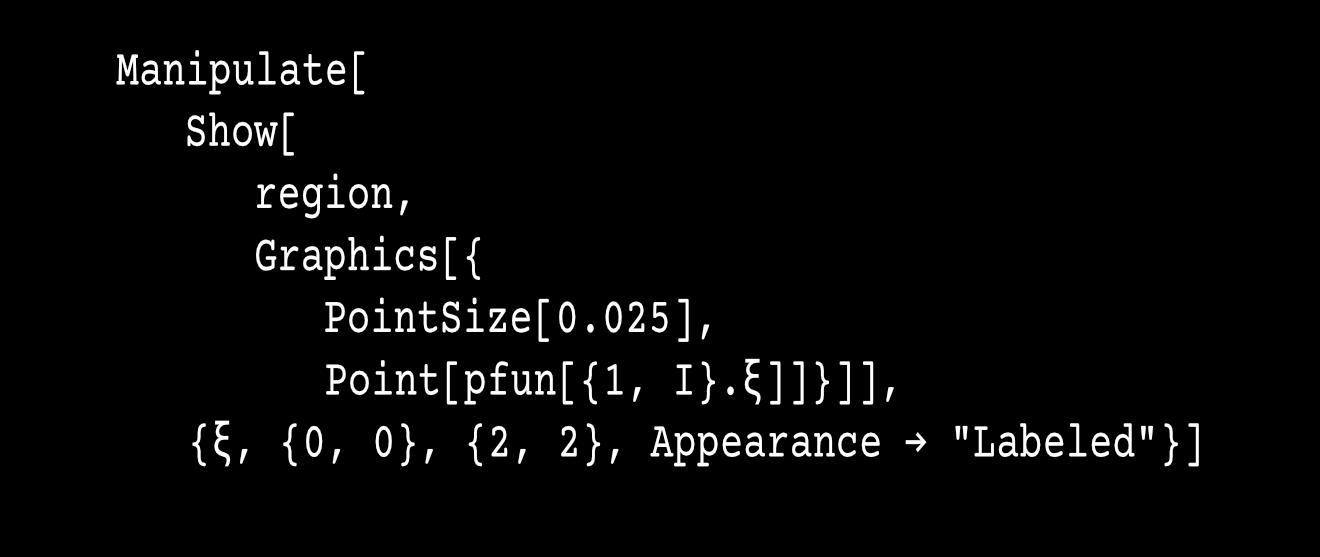You know who Stephen Wolfram is, right?
Whether you love him or, you know, don’t love him, there’s no denying that Stephen Wolfram has founded a host of fascinating projects... most of them named Wolfram-something-or-other.

What are all these Wolfram-branded projects?
Who is Stephen Wolfram?
Let’s start a basic biography in ten seconds:
Stephen Wolfram was born in London, England in 1959.
He studied physics at Oxford, did a PhD at Caltech, and published dozens of papers on particle physics.
He started a company called Wolfram Research, which publishes Mathematica and a host of other software products.
He developed ideas about cellular automata to propose A New Kind Of Science and A project to find the Fundamental Theory of Physics.
Let’s dig deeper into five of the things that Stephen Wolfram has discovered, invented and founded.
Wolfram Research
In 1987, Stephen Wolfram founded Wolfram Research.
He left academia the following year to focus on the company.
It now has over 800 employees.
Which suggests to me that it must be doing somewhere in the region of $100 million in annual revenue.
(Incidentally, I’ve seen a ridiculously wide range of estimates of Stephen Wolfram’s net worth, anywhere from one million dollars to three billion dollars. Which goes to show that you can’t believe what you read on the web.)
Let me ask a few questions.
How many academics make the transition into entrepreneurship?
How many entrepreneurs stay at it for decade after decade?
How many retain control of their company?
And how many succeed in reaching $100 million in annual revenue?
Without a doubt, Stephen Wolfram has achieved extraordinary success as an academic turned entrepreneur.
So what exactly does Wolfram Research do?
Mathematica
The first product to come out of Wolfram Research was Mathematica.
At its most basic, Mathematica is a calculator.
You can enter 2 + 2, and it’ll give you 4.

Or you can enter Cos[Pi / 3] and it’ll give you 0.5.

But you’re not limited to single numbers like 2 and Pi, which physicists call scalars. You can operate on one- or two-dimensional arrays of numbers, known as vectors and matrices.

And you’re not limited to simple functions like plus and cosine. You can perform complex mathematical operations like Laplace transforms, or complex statistical operations like finding clusters in data. You can solve equations, either numerically or symbolically.

And you’re not limited to showing your results as digits and letters, you can visualize the results as plots, maps and, yes, hypergraphs.
Which, if the Wolfram model of physics is correct, means that you can use Mathematica to simulate the universe.
Wolfram Alpha
Wolfram Alpha, a later product from Wolfram Research, ventures beyond mathematics into the real world.
It applies algorithms to real-world data to give numerical answers to your natural language questions.
Sound familiar? Yes, it’s a bit like a Large Language Model. Think of it as ChatGPT with an obsession with numbers.
Type a simple phrase into Wolfram Alpha, such as “atmosphere at 30,000 ft” or “giraffes”, and it’ll come up with a host of fascinating data.
Ask a more complex question, however, and it’ll struggle.
When I asked it: “Which isotope of which element has the nuclide with the highest binding energy per nucleon?” it listed the ionization energies of isotopes of hydrogen and other elements. Interesting information, but not what I asked for.
When I ask ChatGPT the same question, it immediately understood. “The isotope with the highest binding energy per nucleon,” it responded, “is iron-56.” Correct. It even gave me a little lecture about what that means and why it matters.
Still, Wolfram Alpha was released in 2009, long before Large Language Models became viable.
And I like the non-AI approach. ChatGPT isn’t very mathematical, it just parrots what it reads on the web. Wolfram Alpha, on the other hand, not only knows the numbers, it can manipulate the numbers, too, even visualize the numbers in maps and charts.
As the designer of this visualization of binding energy per nucleon at things made thinkable...

...and the developer of a navigable hypergraph of human knowledge at Open Web Mind...

...I appreciate that.
Wolfram Language
Another product to come out of Wolfram Research is Wolfram Language.
If Mathematica is mathematics and Wolfram Alpha is real-world data, then Wolfram Language is what allows you to manipulate all that mathematics and all that data.
It’s a programming language based on symbolic expressions.
You can use it to draw maps:

You can use it to analyze text, images, audio and video:

You can use it to optimize three-dimensional models:

You can use it to simulate fluids, heat, sound and traffic:

You can even use it to apply rules to hypergraphs:

Wolfram Physics
Which brings us to the Wolfram Physics Project.
Perhaps it’s no surprise, given the trajectory of Stephen Wolfram’s career, that he came full circle, from physics through computation back to physics.
Stephen Wolfram started experimenting with cellular automata in 1981, marvelling at the complex universes that can arise from simple computational rules.

He published his book A New Kind of Science in 2002, explaining how he thought our universe might arise from simple computational rules.
Then, in 2020, with the prodding of Jonathan Gorard and Max Piskunov, he launched the Wolfram Physics Project.
For Stephen Wolfram, it wasn’t such a leap.
Physicists were already using Mathematica to solve the continuous equations of General Relativity and Quantum Mechanics through discrete computation.
These physicists assumed that the continuous equations were the reality and the discrete computations were mere approximations.
But what if it were the other way around?
What if the continuous equations were mere approximations and the discrete computations were the reality?
Wolfram Physics models space, time, matter and everything else in our universe as a discrete hypergraph of nodes and edges.
If you want to know how General Relativity, Quantum Mechanics and the rest of physics as we know it might emerge from the hypergraph, well, you’re in the right place, that’s what The Last Theory is all about.
Subscribe now for my easy-to-follow explorations of Wolfram Physics.
Wait, but why...?
So that’s Stephen Wolfram in a nutshell.
But I feel I’ve left a slightly sensitive question unanswered.
If Stephen Wolfram is the founder of all these fascinating projects, why do there seem to be people who, well, as I say, don’t love him?
That’s the question I’ll be tackling in my next article.